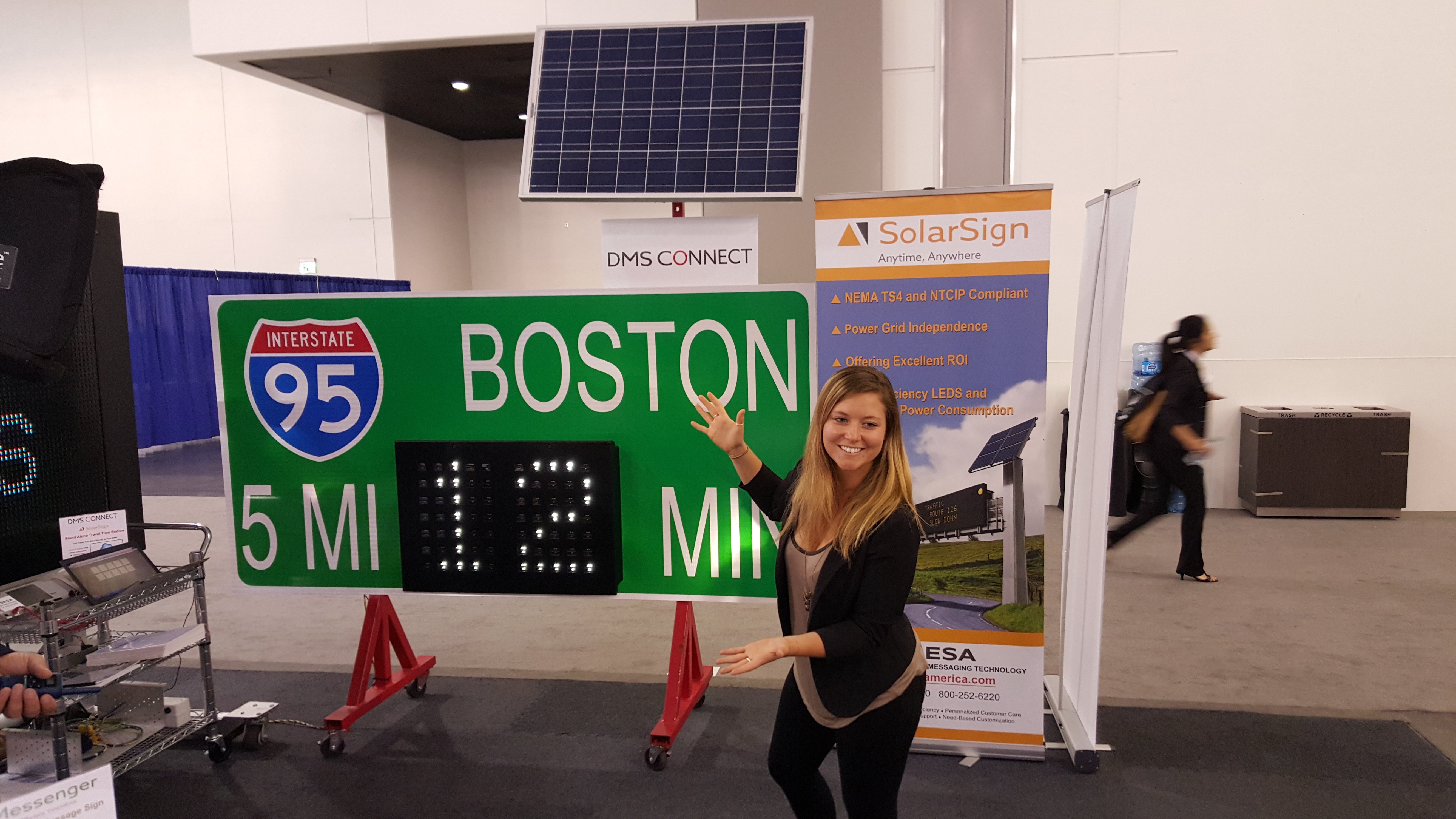
6 Reasons DMS Remain Relevant in a Connected Vehicle World
As I travel the US attending ITS conferences and other industry events, I am often asked a familiar series of questions: What is the future of the DMS industry? Do you think DMS will become obsolete very soon ? The answers to these very good questions are not that obvious. Most people argue that newer technology will eliminate the need for DMS but reality shows a different perspective......
The only way to reach all drivers:
Dynamic Message Signs convey the same message to all drivers at a certain location and at a given time. Because signs are strategically located, all drivers have the ability to see and read them. This is the most effective and versatile tool available to accomplish this. State transportation agencies do not have any other means that are as effective and versatile in relaying critical messaging to the traveling public. While the use of apps and other emerging technologies present additional options with intriguing potential, these information systems cannot oblige drivers to activate and use them. Apps can easily be turned off by drivers, not DMS!
Better products, more graphics, better display:
Today DMS do not display only text but also high resolution, full color graphics that are easier and faster to read and understand than text alone. The latest generation of DMS (large or small) can display more information within the same active display area than ever before. The ability to alternate safety messages and travel time information are just a couple of examples of the flexibility today’s technology provides . Utilizing the latest in available LED display technology allows better return on investment with endless messaging options that align with a wide range of applications and ensures each sign can be used with zero downtime.
Numerous new applications:
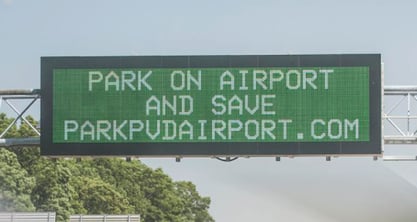
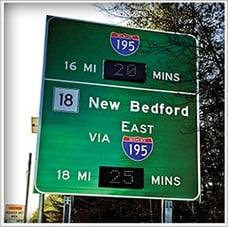
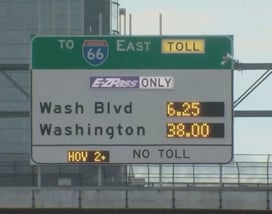
There are now numerous new applications that require Dynamic Message Signs. Travel Time signs relay critical information on congested roadways and Truck Parking signs indicate the number of parking spaces available for trucks at rest areas. DMS are used to guide drivers near stadiums or during specific events, display toll rates for High Occupancy Vehicle lanes, manage traffic at tunnel entrances and to organize contraflow traffic in work zones.
These applications are new and help improving traffic safety and the overall driver experience.
Energy efficiency, solar energy and wireless communication
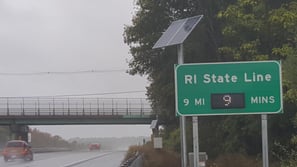
DMS manufacturers keep on improving their products and technology. DMS are now highly energy efficient and large format DMS can even be powered by solar systems. They can then be installed in remote rural areas and accessed via remote communications systems that eliminate the need for installing conduit and pulling miles of communication cabling. By utilizing these alternative power and communication systems, DMS are being installed in locations that were not possible before, such as mountainous regions in Alaska and distant areas of Texas.
Legacy DMS
Agencies are constantly managing their existing inventory of new and aging DMS. Over time each sign becomes a fixture relied upon by the traveling public which can make removal of legacy units a difficult proposition. As inventory of legacy units increase, the solution to upgrade these outdated signs with current technology and keep them operating at an affordable price is to retrofit legacy DMS. Every year more and more retrofit projects are launched by DOTs across the US lending credence to the fact that DMS have a long and bright future and are a necessary part of a state’s overall ITS plan.
and the cost?
DMS costs have declined in recent years even as technology improves. These lower prices combined with reduced cost of installation and energy efficiency improves the cost of ownership and makes DMS the most affordable means of communication between DOT and drivers.
So what about the future? Will autonomous and connected vehicles eliminate the need for VMS?
Most people will agree with me in the opinion that it will take a very long time before we see only autonmous and connected vehicles on our roads. There are many obstacles, and while the technology is advancing quickly, deployment will take time and some older vehicles may simply never become connected.
As long as there are drivers controlling the cars on our roadways, we will need Dynamic Message Signs. Additional applications will emerge that will combine new technology and Dynamic Message Signs to keep our roads and drivers safe.


